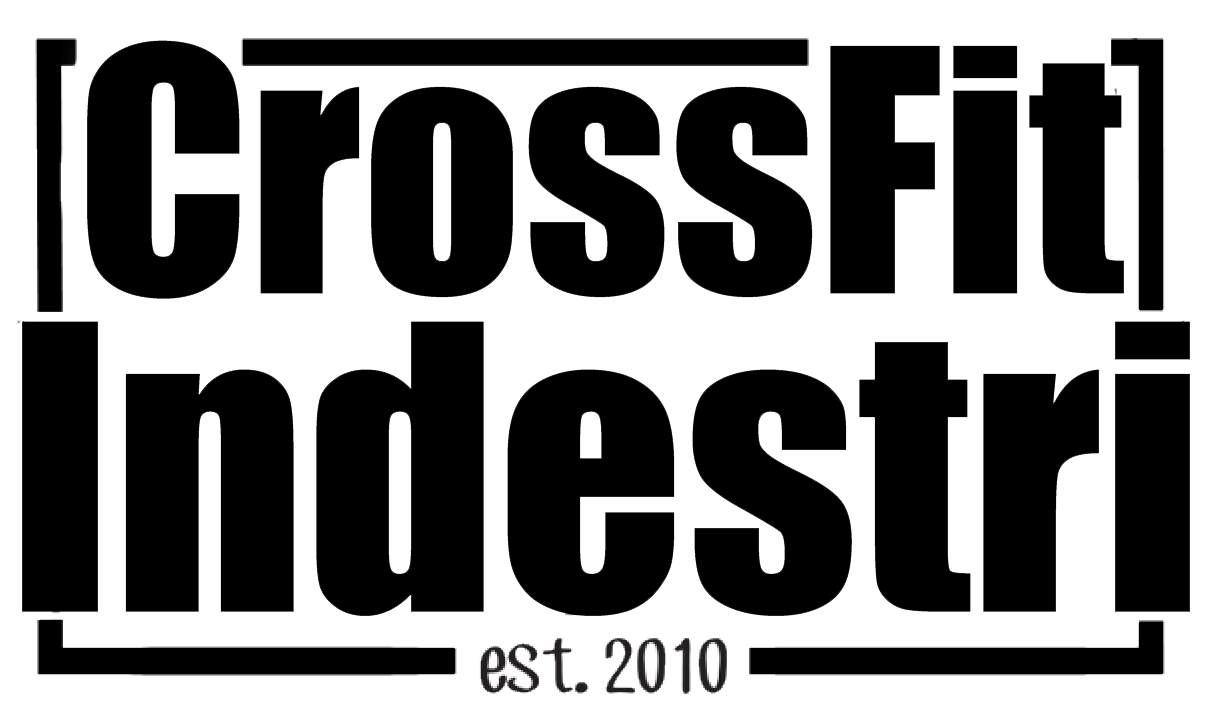The Bulgarian - Friday, Sept 15/17
A Stouty Lesson in History
The Step up and Bulgarian Split Squat are 2 movements we throw into strength training at CrossFit Indestri, We have always used single leg training to become better squatters. But where did this come from and why do we only use it as a accessory work. Some people will claim they are better then squats for strength.. Well lets take a history trip :)
It all started The Soviet Union:
Almost 4 decades ago, a retired Soviet hammer thrower came to the conclusion that traditional forms of squatting were not the best way to strengthen the muscles of the thighs and hips. Many in the Soviet Union considered this heresay, as the squat was the king of leg training in that country just as it was, and is still, in the United States.Ten years ago, the full squat was the foundation of exercise programs for almost all elite athletes in the Soviet Bloc nations, whether they were weightlifters or not. Soviet athletes - be they wrestlers, runners, fencers, soccer player or swimmers - all squatted.But because the retired hammer thrower had won the gold medal in the 1976 Olympic Games and because he was a respected graduate of the Central Institute for Physical Education and Sport in Moscow, his opinions were taken seriously.
His name:
Anatoly Bondarchuk. His studies led him to conclude that a particular form of what we'll call the high step-up had two significant advantages over the standard back squat. Bondarchuk concluded that high step-ups, firstly, produce greater gains in thigh and hip power and secondly, cause fewer injuries.Bondarchuk does his research and coaching in Kiev. His fellow Soviet coaches and sports scientists were skeptical about his conclusions. However, as time passed and he was able to convince a few athletes and coaches, in a variety of sports, to drop squats from their routines and adopt the high step-up, it became clear that be had made a significant breakthrough.Many of the athletes using his "new" exercise began to make gains in power that were far beyond what they had made using only the squat.I qualify the word "new" because, in one form or another, the step-up has a fairly long history. A review of dozens of pre-1900 books in the Physical Culture Library at the University of Texas revealed that the step-up was commonly practiced before the turn of the century.
Fact:
Dr. Dudley Allen Sargent, who was for years the director of physical training at Harvard University, used a form of the step-ups as he was devising one of the first known methods of cardiorespiratory testing.Sargent's method, first used over 80 years ago, is called the Harvard Step-Up Test. It involves stepping up, at a timed pace, onto a bench or chair approximately 20 inches high for a set period of time and checking the pulse rate at predetermined intervals.But the step-up was also used to strengthen and develop the hips and thighs. As weight training grew in popularity in the 1920s and '30s, the step-up with extra weight began to appear in books and magazines of that era.
But then Heavy Squats:
However, the squat with added weight was also given an enormous boost in America during this same era thanks to several crucial factors: Firstly, the wonderful lifting of the young German immigrant "Milo" Steinborn, who could do a full squat with more than 500 pounds, secondly, the publicity given to Milo's world-record-breaking abilities in weightlifting, and finally, the career of Joseph Curtis Hise, who not only gained a great deal of strength and muscle size with high-rep squats but also had the ability to fill other bodybuilders/ power lifters with enthusiasm for this effective form of training.Who knows whether the step-up with weights would have become more popular had Steinborn and Hise not appeared on the scene and raised the reputation of the deep knee bend, putting it at the top of any serious trainer's list of "must" exercises? In any event, the squat became the dominant hip and thigh exercise in America in the 1920s and has remained so ever since.
Conclusion:
So it leaves me to conclude if you read about the step up, the split squat both formed in eastern Europe, are they enough to cancel out the squat? Some strength experts would claim it to be safer and more effective, but if we look at functional ( crossFit) I would conclude no. I do believe as a strength programmer they find a spot for sure and complimented by regular squat work they are a great accessory to any program.Happy SquatingStouty .
.
Friday September 15, 2017
Focus:
Bulgarian Split Squats & weighted high step upsBSS -20-20-20 ( 10 left/10 right)WHSU - 10-10-10 ( 5 left / 5 right).
Workout Of the Day:
5rds20 KBS 24/1640 ft Kb Goblet Lunge 24/16200m Run.
Lvl 2 Fitness
5rds20 KBS 20/1240 ft Kb Goblet Lunge 20/12200m Run.
Lvl 1 Technique:
3-5rds20 KBS 20/1240 ft Kb Goblet Lunge 16/12200m Run.
Cash Out:
Mobility.Check back each night at 8pm for the next days WOD.


